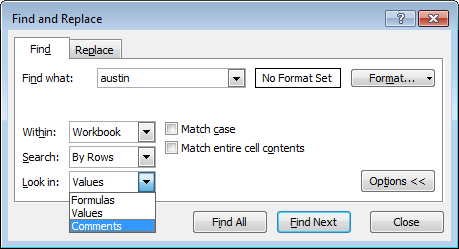Defendants Claim of Lightning Strike and Power Surge Doesn’t Save Them from Sanctions: eDiscovery Case Law

In a recent post in Craig Ball’s excellent blog, Ball in your Court, Craig stated that “you are more likely to be hit by lightning than to be sanctioned for non-preservation of ESI”. So, if you claim that your devices are hit by lightning, causing your relevant ESI to be lost, does that make it more or less likely that you will be sanctioned? :o)
In InternMatch, Inc. v. Nxtbigthing, LLC, et. al., No. 14-05438 (N.D. Cali., Feb. 8, 2016), California District Judge Jon S. Tigar, finding that the defendants “consciously disregarded their obligations to preserve relevant evidence” when they discarded various electronic devices after experiencing an alleged power surge without checking to see if they could recover any files from them, granting an adverse inference instruction sanction and plaintiff’s attorneys’ fees.
Case Background
In this trademark infringement case, the plaintiff requested copies of any documents, including electronic documents, relating to the defendants’ defense that it had continually and extensively used the disputed trademark. The defendants responded (and the owner of the defendant company (Chad Batterman) stated in his deposition) that a lightning strike in 2011 and a power surge in April 2015 had destroyed responsive documents, including corporate records central to the parties’ dispute and marketing materials that allegedly established prior use of the trademark.
in November 2015, the plaintiff filed a motion for terminating sanctions, accusing Defendants of intentionally destroying the electronic versions of the documents.
Judge’s Ruling
Using the newly amended FRCP Rule 37(e) as a guideline, Judge Tigar also considered the five factors identified by the Ninth Circuit in determining whether the terminating sanction is justified:
(1) the public’s interest in expeditious resolution of litigation; (2) the court’s need to manage its dockets; (3) the risk of prejudice to the party seeking sanctions; (4) the public policy favoring disposition of cases on their merits; and (5) the availability of less drastic sanctions.
With regard to the defendant’s duty to preserve and whether that duty was upheld, Judge Tigar found “that at least by January 2015, Defendants knew about the present action and were under a duty to preserve relevant evidence. The evidence shows that Defendants violated this duty…Prior to discarding the desktop, Batterman did not make any effort to determine whether the hard drive on the desktop was salvageable or any data could be recovered from it…As a result, the parties can only access the few existing paper copies of the relevant documents, rather than the electronic files, which would include valuable information such as the creation and modification history of the files.”
Continuing, Judge Tigar stated: “The Court finds that at the very least, Defendants consciously disregarded their obligations to preserve relevant evidence. There is no evidence that Defendants took any steps to preserve relevant information after the litigation began…After the alleged power surge, Defendants failed to identify whether data from the electronic devices might be recoverable, and instead simply discarded the devices.
The Court also finds Defendants’ evidence that the surge occurred in the first place to be unbelievable. Not only is the alleged chronology of events highly improbable, but Defendants’ story is filled with inconsistencies. The Court does not know what actually happened to the missing evidence, if it ever existed, but concludes that Defendants have failed to show that it was lost in a power surge.”
While finding that sanctions were warranted, Judge Tigar concluded “that sanctions short of entry of default are appropriate” and granted the plaintiff’s request for an adverse inference instruction sanction, as well as attorneys’ fees associated with bringing the Motion for Terminating Sanctions.
So, what do you think? Should the termination sanction have been awarded? Please share any comments you might have or if you’d like to know more about a particular topic.
Disclaimer: The views represented herein are exclusively the views of the author, and do not necessarily represent the views held by CloudNine. eDiscovery Daily is made available by CloudNine solely for educational purposes to provide general information about general eDiscovery principles and not to provide specific legal advice applicable to any particular circumstance. eDiscovery Daily should not be used as a substitute for competent legal advice from a lawyer you have retained and who has agreed to represent you.






